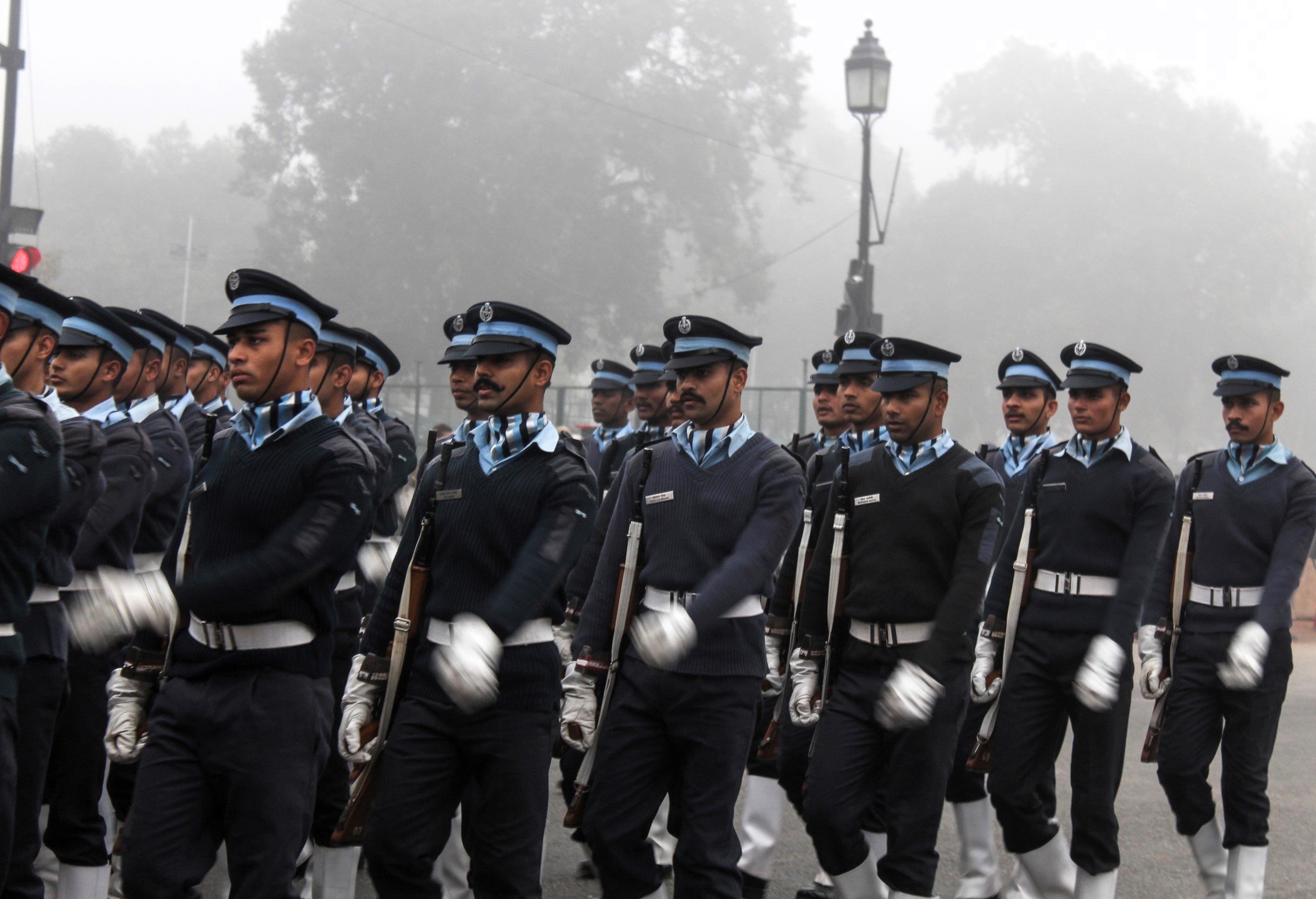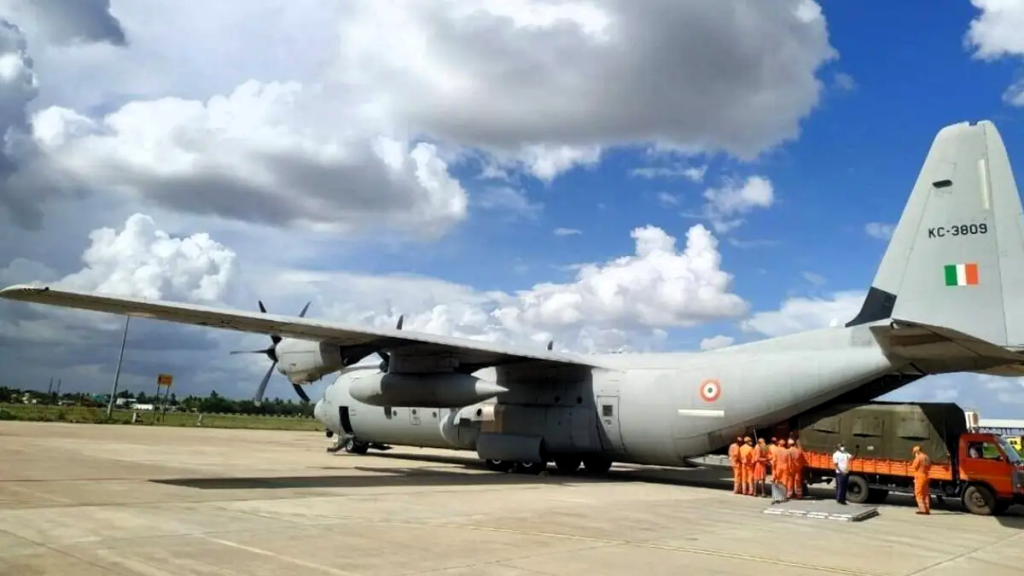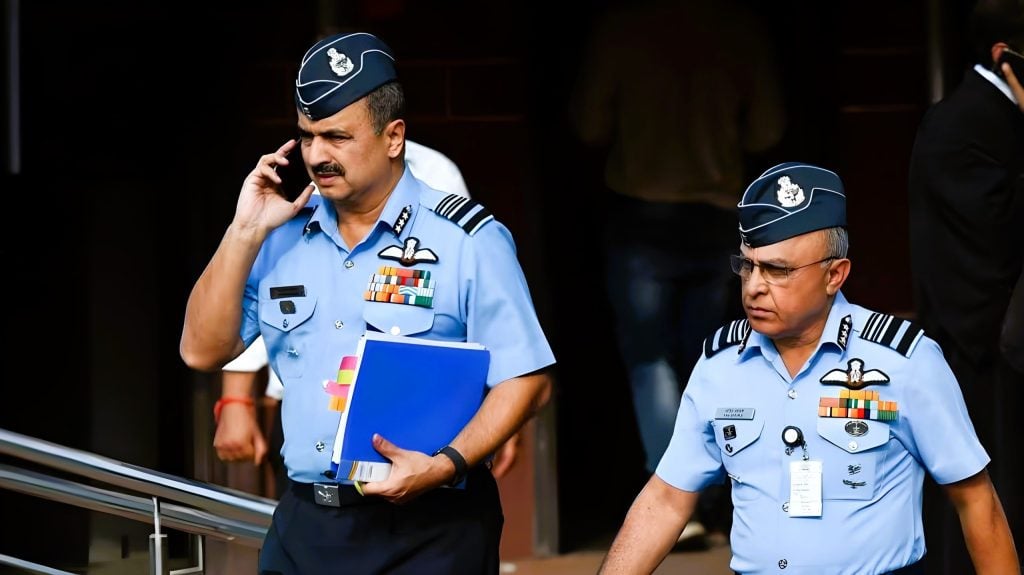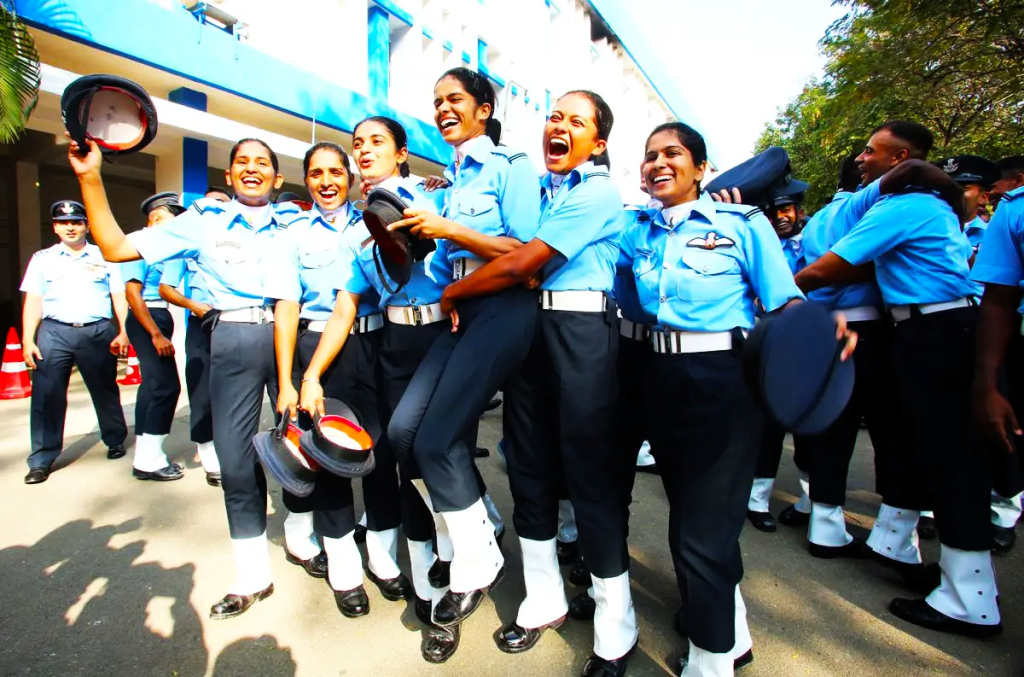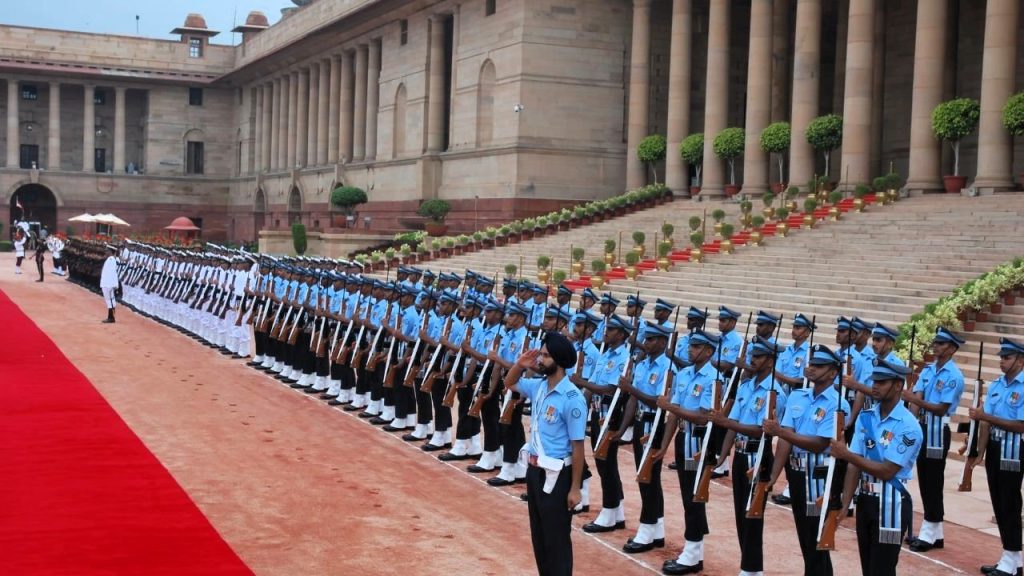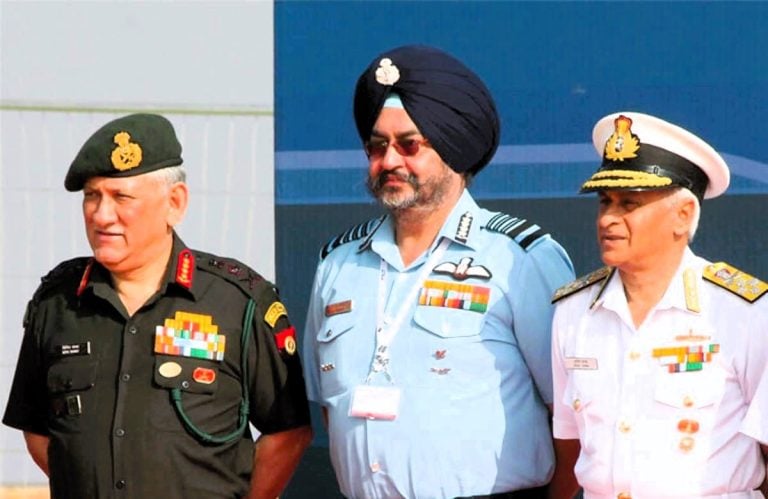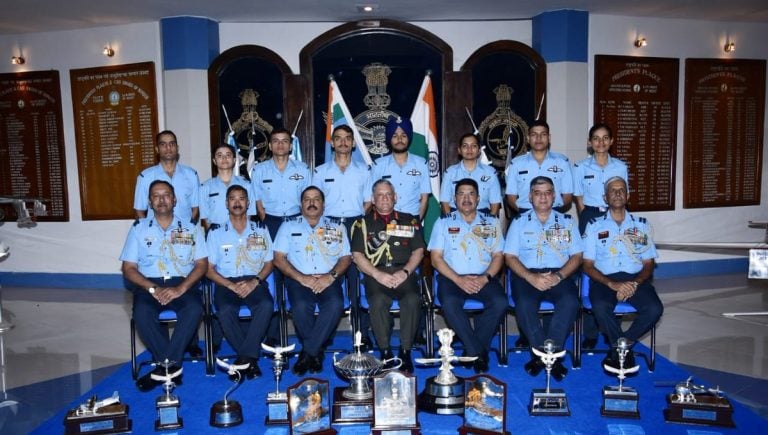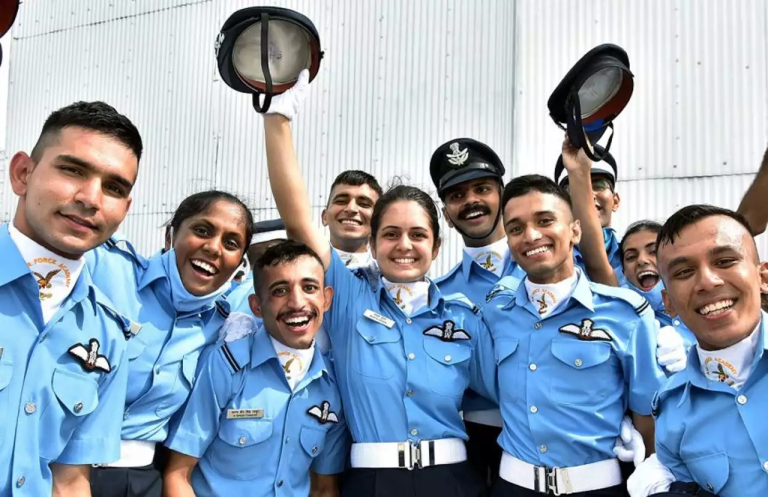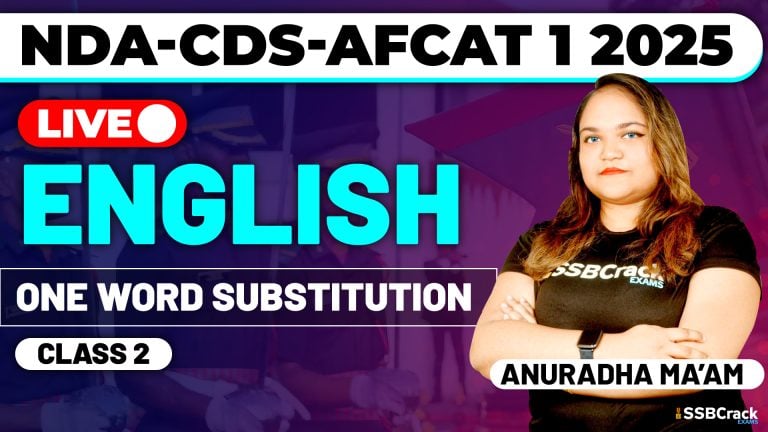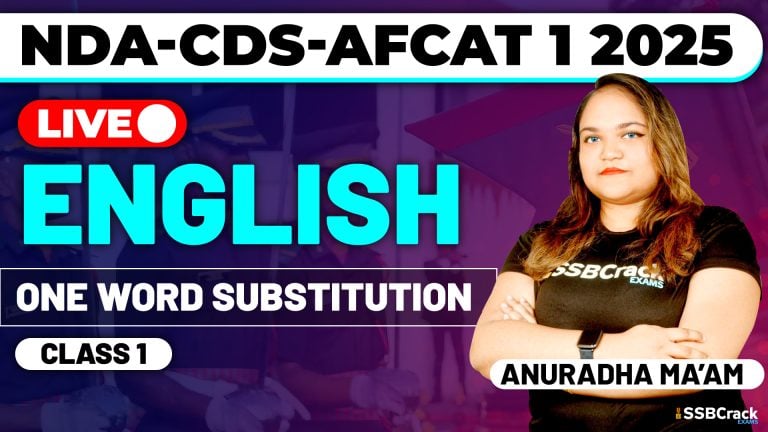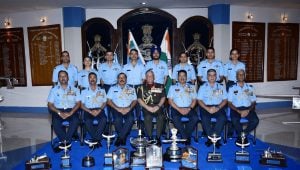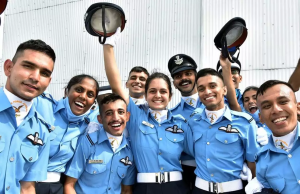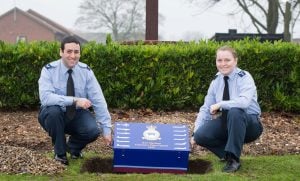The Air Force Common Admission Test (AFCAT) is a pivotal gateway to joining the esteemed ranks of the Indian Air Force. AFCAT not only offers the opportunity to serve the nation but also provides lucrative career prospects. Understanding the AFCAT Salary 2024, its structure, and the job profile is crucial for aspirants aiming to embark on this esteemed career path.
AFCAT Salary 2024: Overview
The Air Force Common Admission Test Salary 2024 varies based on the branch of service and rank. The salary structure encompasses basic pay, military service pay (MSP), dearness allowance (DA), branch-specific pay, and various allowances. Let’s delve into the detailed salary breakdown for different ranks within the Indian Air Force.
Rank Structure and Pay Scale
The Indian Air Force follows a hierarchical rank structure, offering gradual progression and rewarding careers to its officers. Here’s a comprehensive look at the rank structure along with the corresponding pay scales:
| Rank | Level | Pay Range (in Rs.) |
|---|---|---|
| Flying Officer | 10 | 56,100 – 1,77,500 |
| Flight Lieutenant | 10 B | 61,300 – 1,93,900 |
| Squadron Leader | 11 | 69,400 – 2,07,200 |
| Wing Commander | 12A | 1,21,200 – 2,12,400 |
| Group Captain | 13 | 1,30,600 – 2,15,900 |
| Air Commodore | 13A | 1,39,600 – 2,17,600 |
| Air Vice Marshal | 14 | 1,44,200 – 2,18,200 |
| Air Marshal HAG Scale | 15 | 1,82,200 – 2,24,100 |
| HAG + Scale | 16 | 2,05,400 – 2,24,400 |
| VACS/Airforce Cdr / Air Marshal (NFSG) | 17 | 2,25,000/- (fixed) |
| CAS | 18 | 2,50,000/- (fixed) |
Allowances and Benefits
In addition to the basic pay, Air Force officers are entitled to various allowances, enhancing their overall compensation package. These allowances include Flying Allowance, Technical Allowance, and more. Let’s explore the allowances in detail:
Flying Allowance
Flying Allowance is granted to officers in the Flying Branch to compensate for the additional responsibilities and risks associated with flying duties. The allowance varies based on the rank:
- Flying Officer: Rs. 11,250/-
- Flight Lieutenant: Rs. 13,750/-
- Squadron Leader: Rs. 17,500/-
- Wing Commander: Rs. 17,500/-
- Group Captain: Rs. 17,500/-
- Air Commodore & above: Rs. 13,125/-
Technical Allowance
Technical Allowance is provided to officers in the Technical Branch to recognize their specialized skills and contributions. It is set at Rs. 10,000/- per month.
AFCAT Salary 2024 for Different Branches
The Air Force Common Admission Test Salary 2024 varies slightly across different branches of service. Here’s a comparative overview:
| Salary Details | Flying Branch | Ground Duty (Technical Branch) | Ground Duty (Non-Technical Branch) |
|---|---|---|---|
| Basic Pay | 56,100 | 56,100 | 56,100 |
| MSP | 15,500 | 15,500 | 15,500 |
| DA (28%) | 15,708 | 15,708 | 15,708 |
| Branch Specific Pay | Flying Pay – 25,000 | Technical Pay – 10,000 | – |
| TA (For X Class Cities) | 7,200 | 7,200 | 7,200 |
| DA on TA (28%) | 2,016 | 2,016 | 2,016 |
| Kit Maintenance | 600 | – | – |
| Gross Salary | 1,22,024 | 1,06,524 | 96,524 |
AFCAT Training Stipend
During the training period, Air Force Common Admission Test candidates receive a stipend instead of a salary. The stipend varies based on the training phase and rank:
- Flying Officer (Phase-I Training): Rs. 56,100/- per month
- Flight Lieutenant (Phase-II Training): Rs. 61,300/- per month
- Squadron Leader (Phase-III Training): Rs. 69,400/- per month
Additional Benefits and Privileges
Apart from the salary and allowances, Air Force officers enjoy a plethora of benefits and privileges, including furnished accommodation, medical coverage, educational benefits, loans, and post-retirement benefits.
AFCAT 2 Registration 2024
AFCAT 2 Notification 2024
AFCAT: Full form
AFCAT Selection Process 2024, Written Exam, Medical Test, Interview Details
AFCAT Job Profile
The Air Force Common Admission Test job profile offers diverse opportunities for career growth and development. As an officer in the Indian Air Force, individuals assume various roles and responsibilities based on their rank and branch of service. Here’s an overview of the Air Force Common Admission Test job profile:
Rank Description
- Flying Officer: Entry-level position in the Indian Air Force after successful completion of training.
- Flight Lieutenant: Next rank after Flying Officer, playing a significant role as a member of a firm team.
- Squadron Leader: Senior-level officer responsible for leading and managing a team of officers and airmen.
- Wing Commander: Senior position, taking on additional responsibilities and gearing up for higher roles.
- Group Captain: Holds command over men and management, may command a medium-sized Air Force Station or play a significant role in dynamic operations.
- Air Commodore: Commands a large Air Force Station or holds senior staff appointments at Air HQ/Command HQ.
- Air Vice-Marshal: Responsible for strategic decisions and leadership, with only a few ascending to this rank in the Air Force hierarchy.
- Air Marshal: Commands significant power, overseeing extensive operational and administrative areas of the IAF.
- Air Chief Marshal: The highest-ranking officer, responsible for all strategic and operational decisions in the Air Force.
AFCAT Promotions and Career Growth
Career progression within the Indian Air Force is merit-based, with officers advancing through the ranks based on their performance, experience, and qualifications. Promotions are subject to departmental examinations and service requirements. Air Force Common Admission Test officers have the opportunity to ascend to the highest echelons of command, shaping the future of the Air Force and contributing to the nation’s defense.
In conclusion, AFCAT offers not only a rewarding salary but also a fulfilling career path filled with opportunities for growth, service to the nation, and personal development. Aspirants preparing for Air Force Common Admission Test should thoroughly understand the salary structure, job profile, and career prospects to make informed decisions and embark on a successful journey in the Indian Air Force.
FAQs
1. What is AFCAT?
AFCAT stands for Air Force Common Admission Test. It is conducted by the Indian Air Force to recruit officers for various branches such as Flying, Technical, Administration, and Logistics.
2. How is AFCAT Salary 2024 determined?
Air Force Common Admission Test Salary 2024 is determined based on the rank, branch of service, and allowances. The salary structure includes basic pay, military service pay (MSP), dearness allowance (DA), and branch-specific pay.
3. What is the salary range for AFCAT officers?
The salary range for Air Force Common Admission Test officers varies depending on the rank and branch. Flying branch officers earn around Rs. 85,372 per month, while Technical branch Ground Duty officers receive about Rs. 74,872 monthly.
4. What allowances do Air Force Common Admission Test officers receive?
Air Force Common Admission Test officers receive various allowances such as Flying Allowance, Technical Allowance, Dearness Allowance (DA), Kit Maintenance Allowance, and Transport Allowance (TA), among others.
5. What are the additional benefits of Air Force Common Admission Test besides salary?
Besides salary, Air Force Common Admission Test officers enjoy benefits like furnished accommodation, comprehensive medical coverage, educational benefits, loans at subsidized rates, leave travel concession (LTC), and access to recreational and sports facilities.
6. What is the job profile of Air Force Common Admission Test officers?
Air Force Common Admission Test officers assume various roles and responsibilities based on their rank and branch of service. They may serve as Flying Officers, Flight Lieutenants, Squadron Leaders, Wing Commanders, and higher-ranking officials, each with specific duties related to administration, logistics, technical operations, or flying duties.
7. How is career progression in Air Force Common Admission Test?
Career progression in Air Force Common Admission Test is based on merit, performance, and years of service. Officers have opportunities for promotion through departmental examinations and can ascend to higher ranks, eventually reaching positions of leadership and strategic decision-making.
8. What is the stipend during AFCAT training?
During AFCAT training, candidates receive a stipend instead of a salary. The stipend varies based on the training phase and the trainee’s rank, with amounts ranging from approximately Rs. 56,100 to Rs. 69,400 per month.
9. Can AFCAT officers pursue further education?
Yes, AFCAT officers can pursue further education through study leave, tie-ups with institutions like IIT and IGNOU, and scholarships provided by organizations like the Air Force Wives Welfare Association (AFWWA).
10. What are the post-retirement benefits for AFCAT officers?
Post-retirement benefits for AFCAT officers include pension, insurance coverage, and lifetime medical access, ensuring their well-being and security even after their service in the Indian Air Force.

